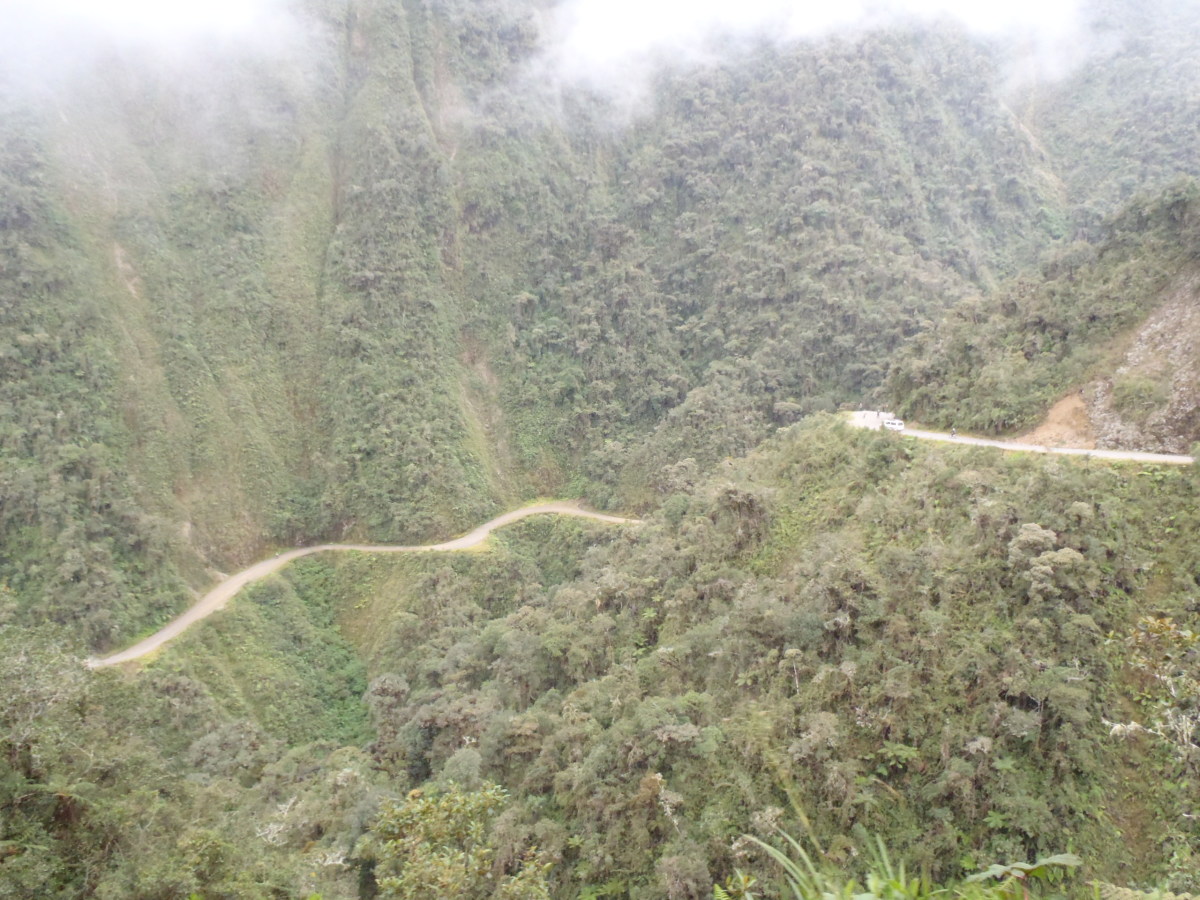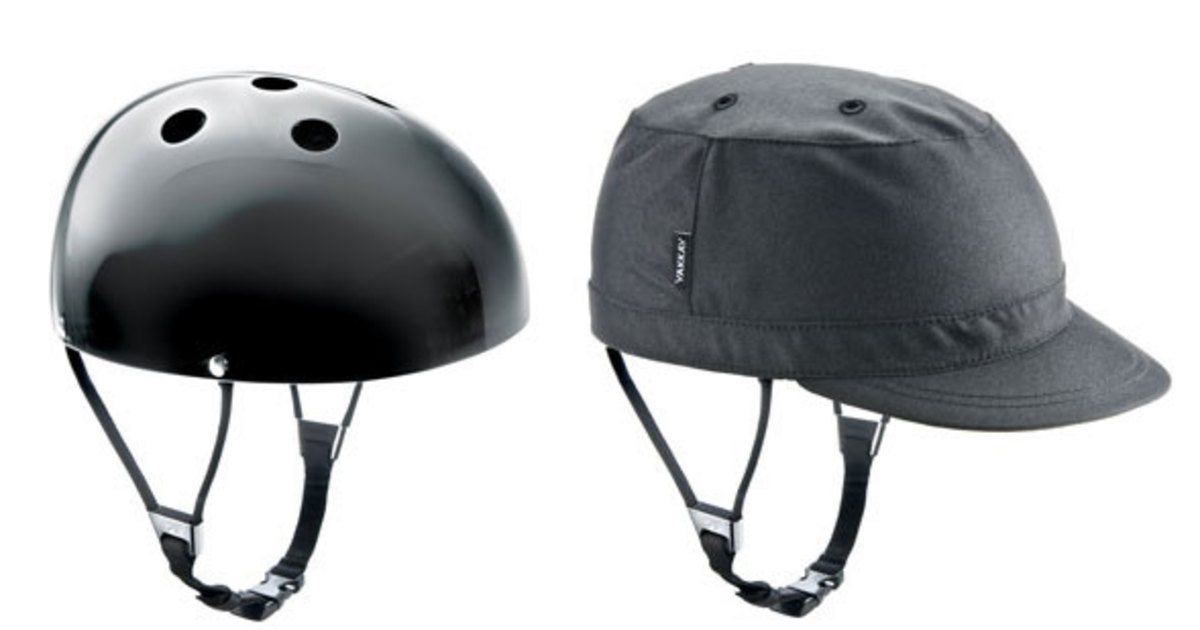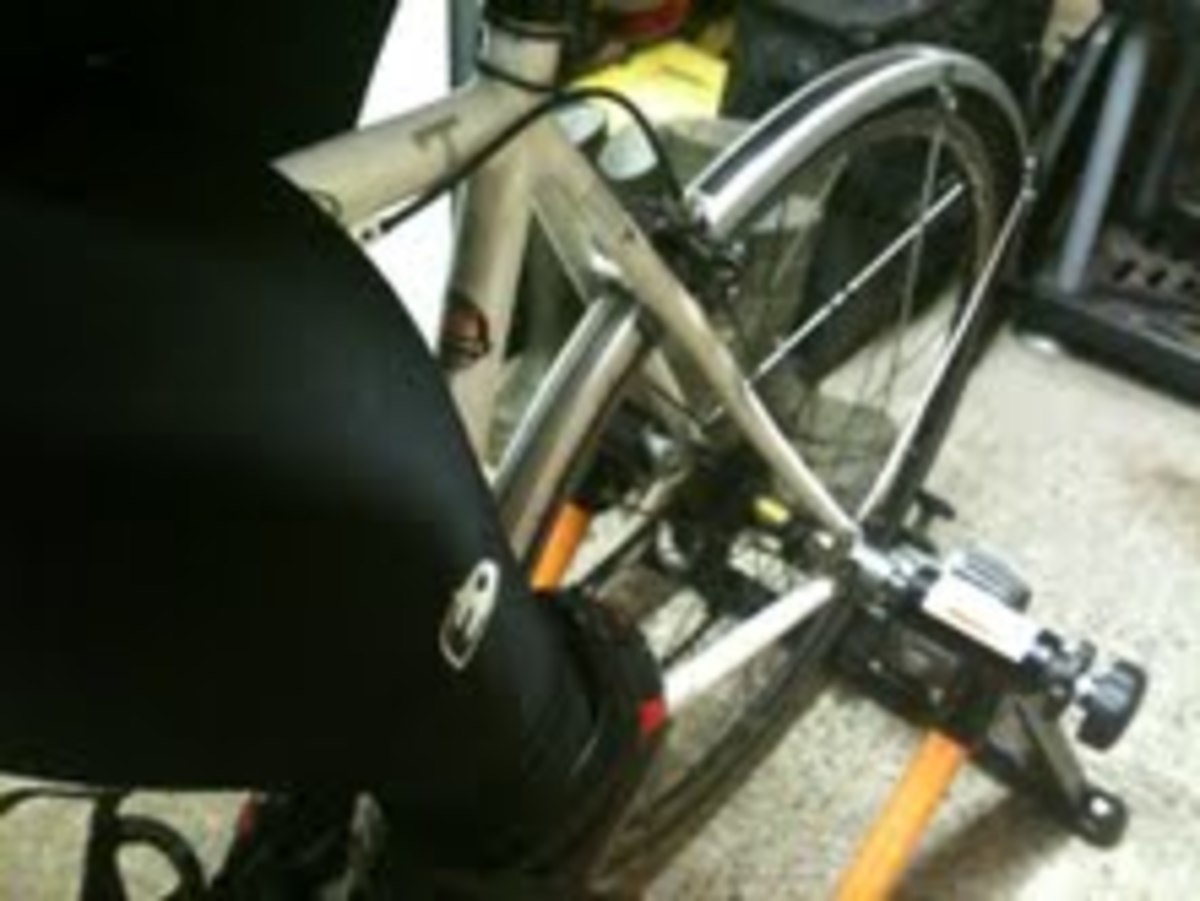The Different Types of Mountain Biking Explained
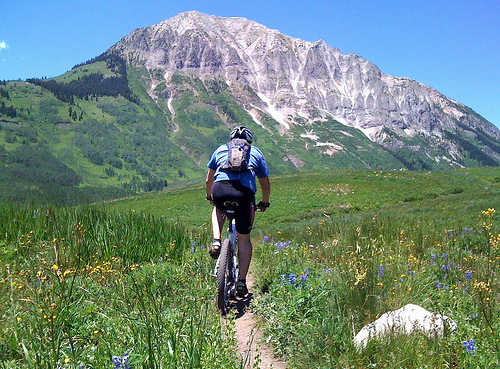
Introduction
Mountain biking is one the most popular outdoor sports and like any sport it has its own language, community, commerce and variations. From the smooth dirt road that was once a set of railroad tracks, to the extreme slopes of European mountains, the terrain that mountain biking covers spans all realms of the outdoors. In response to preferences in riding style, terrain and geographic conditions, mountain biking has experienced a constant evolution of equipment, bikes and trails. With this has come a distinct variation in purpose for many mountain bikes leaving riders trying to decipher what a bike is for and perhaps even what style they prefer to ride. Choosing the appropriate bike for the style you prefer can be a difficult task for any rider.
On The Trail
Cross Country
This is the most popular style of riding. Cross country riding or XC riding is simple, you ride your bike on the trail aiming for speed and a good cardiovascular workout. XC riding takes you over the trail with the goal of getting from start to finish as quickly as possible. The riding is considered 'low key', in that jumps, drops and some of the more gnarly sections of trail are not embraced as in other forms of riding. The emphasis is on the ride, the distance and the feeling of accomplishment after a good workout, much akin to running or road cycling.
XC bikes are setup to be light, have minimal travel, often with no rear suspension affording the rider the quickest and most responsive ride possible. The geometry for the bikes positions the rider for efficient pedaling, often at the sacrifice of downhill capabilities. In terms of bang for the buck, XC bikes can be beat, a great quality bike is often affordable, and thus this is where most mountain bikers begin their journey into the sport.
All Mountain
All mountain riding is basically XC on steroids. All mountain riding is much like XC in that the purpose is riding over the trails, both up the mountains and down. The purpose is to cover distance, maintain a cardiovascular workout but tackle some of the more technical terrain. Where XC riding avoids certain obstacles and jumps, all mountain riding embraces them with an emphasis on playfulness, excitement and enjoyment. The next step in riding for many, all mountain tries to bridge the gap between pure physical endurance and and the more extreme variations of biking. Often all mountain riding is what many weekend warriors embrace when they cannot get to a mountain or a bike park to hone their skills.
All-mountain bikes are built to embrace this style of riding. They feature full suspension travel between four and six inches, often ustilizing thru-axles on the hubs, beefier wheels and solid frames. The bikes are still very capable cross country machines, but the fear of losing pieces or breaking a frame from a drop or jump is alleviated by the bike design. An all mountain bike is not made to descend a downhill course or take huge drops or jumps but, the bikes open a new realm of playfulness to the rider.
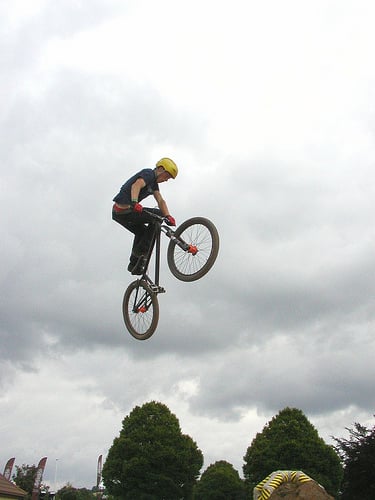
In The Park
Dirt Jumping and Slopestyle
Dirt Jumping is a pretty self explanatory type of mountain biking. You take your bike and you go over giant mounds of dirt and hope to come out of it in one piece. Slopestyle is similar but refers to various jumps and obstacles set up in succession in a park. Neither of these forms has to be restrained to a park environment, many jumps and courses are tossed in with trails wherever someone had the motivation to build them. Yet, they do refer to specifically altered environments, man made structures and jumps or obstacles that have been planned out. The reason for such planning is not only to make it over the jump or obstacle but like any park style of sport, to incorporate tricks into the riding. Dirt jumping and slope style are a version of mountain biking that parrales the other 'extreme' park sports where finding fun in 360s, tail-whips, and back-flips is the goal when trying to master this style of riding.
Slopestyle and dirt jump bikes are set up much differently that typical mountain bikes. The frames are much different and most are hardtail bikes with a lower seat height. There are few speeds in the gear for dirt jump bikes, the less parts there are the less you have to break on a hard crash or landing. The tires, frame, rims and hubs are all built to be bulletproof to keep you riding and the fork for such a bike offers much less in terms of small bump compliance but is designed to hold up to some serious abuse from going over big jumps. Excellent quality jump bikes are often at a lower price point than similar trail bikes which is one reason many people have embraced this style of riding as their own or have it as a secondary form to standard XC riding.
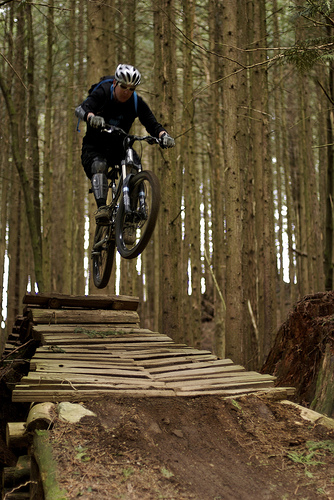
On The Mountain
Freeride
Freeride is a form of mountain biking that is focused on not only riding the trail, but tackling obstacles, jumps and technical sections with style. Unlike XC or all-mountain styles of riding, the discipline focuses not only on riding the trail but doing so with the most creative line that is focused on style, jumps and difficulty as well as speed. Unlike dirt jumping or slopestyle, freeride embraces the trail experience and getting out to cover some serious ground. Ultimately, the term refers to an organic style of riding that focuses less on rules, time and distance and more on enjoyment and pushing your own limits on the bike.
Freeride bikes are designed to take punishment, handle nimbly and absorb the biggest jumps and drops you can throw at them. They feature varied suspension travel lengths from four to six (occasionally more) inches and bombproof components. They have a slack geometry to embrace downhill sections but are still able to be pedaled relatively efficiently. The industry standard on freeride bikes is ever changing and they range from beefy heavy bikes to compact lighter styles. Top of the line freeride bikes are among the most expensive out there and serious freeriders are often those incredibly invested into the sport and community. While freeride bikes are not nearly as light as XC or All-Mountain they still embrace being able to get to the top of the hill, although how fast you get there is not terribly important.
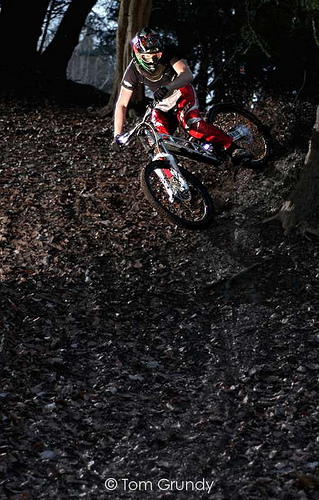
Downhill
Downhill mountain biking is pretty simple to explain. It is getting from the top of the mountain to the bottom as quickly as possible. Most areas open to downhill mountain biking are accessible by lift, and are built on or around ski mountains. The trails are groomed to be winding, fast and over just about any terrain. Like ski mountains, different symbols are used to indicate varying levels of difficulty on the course. Downhill riding is often considered of the most dangerous forms of mountain biking, but as most trail systems allow you to develop your skill set on easy trails, the risk is often mitigated with simply matching your ability to the correct trail. Full face helmets, pads, and protective equipment is a staple of most downhill riding. Tricks, jumps, drops and super technical rock garden sections are all part of downhill mountain biking's appeal to those looking to push their physical limits.
Downhill bikes are easily the most heavy, beefy, and solid bikes on the market often over fourty pounds. They have big, thick frames with huge travel, some bikes on the market feature over nine inches of suspension travel. The gemometry is very slack, making it extremly difficult to pedal the heavy bikes up hill. Most of these bikes are essentially made to travel one way. Like freeride bikes, the suspension and components makes these among the most expensive bikes available. Since downhill riding puts a lot of stress on your bike, downhill bikes are also among the shortest lived of mountain bikes making downhill riding the most expensive, but often the most rewarding, form of mountain biking.


